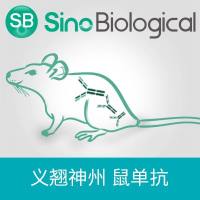Neural Cell Adhesion Molecules
互联网
698
During development of the nervous system, cell migration, axonal outgrowth, axonal guidance, and selective cell adhesion and
recognition are some of the crucial processes required for neural pattern formation. Numerous studies reveal that cells bind
selectively to one another and that they segregate according to their tissue types. As early as 1907, Wilson demonstrated
that dissociated cells from two different types of sponges, when mixed together, reassociated to form two organisms, each
containing cells from one parent species. Similar results are also observed in coelenterates (Chalkey, 1945), chick embryonic
cells (Moscona and Moscona, 1952) and amphibian embryonic cells (Holtfreter 1948a,b; Townes and Holtfreter, 1955). When the
nervous system is in its developmental stages, neurons extend their axons over considerable distances to innervate their targets.
Studies done in grasshopper (Bastiani et al, 1986; Bastiani and Goodman, 1986; du-Lac et al, 1986), zebrafish embryo (Kuwada,
1986,1992), and chick retinal ganglion cells (Silver and Sapiro, 1981) indicate that these connectivities are carried out
in a highly stereospecific fashion. There are many theories regarding these selective interactions, and cell adhesion molecules
have been shown to play a very significant role.








